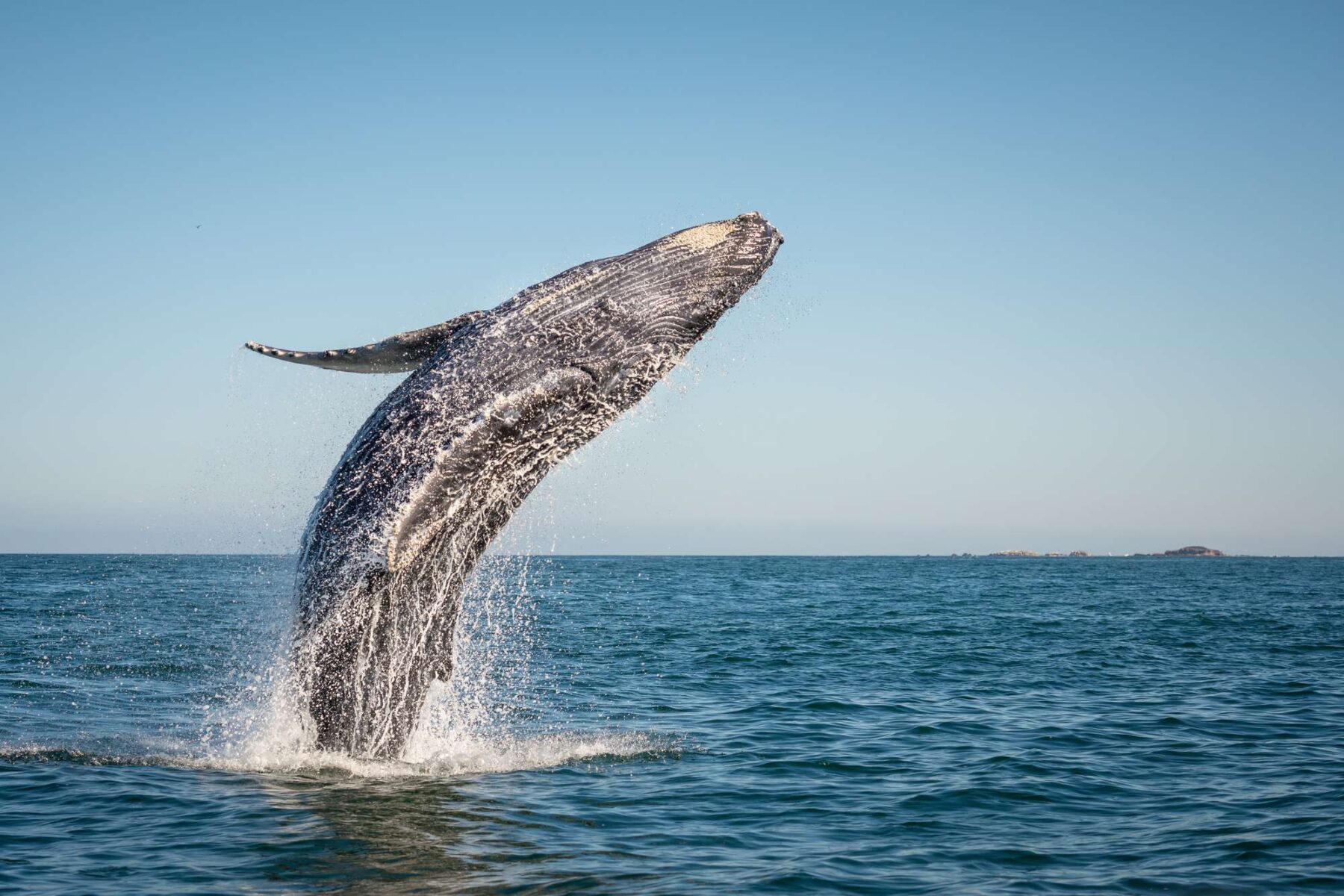
July
Where to go in July
Where to go in July
This is peak summer in the northern hemisphere, so it’s advisable to book early. July is prime time for bear viewing in Alaska, whale watching in North Iceland as well as both coasts of Canada. In the High Arctic, it is possible to circumnavigate Spitsbergen on an expedition voyage. Or for a more leisurely water-based option, try a houseboat in Finland.
Off the beaten track in Iceland
During July – Iceland’s warmest month – the average daily temperature is around 14oC, but highs of over 20oC are possible. It’s the perfect time for exploring the less visited Arctic Coast or Westfjords on a self-drive or small-group tour. Both regions get you off Route 1 (the main Ring Road that encircles the country). The 900km Arctic Coast Way touring route traces the wild and remote peninsulas of North Iceland, while a journey through the Westfjords involves an equally scenic blend of coast and mountain. During July, the seabird cliffs in both regions will be festooned with gannets and guillemots – the 400m-high Latrabjarg cliffs are also renowned for puffins. Several villages and ports offer whale watching boat trips during summer, and it’s an ideal time for hiking too. Hornstrandir in the Westfjords is particularly recommended.
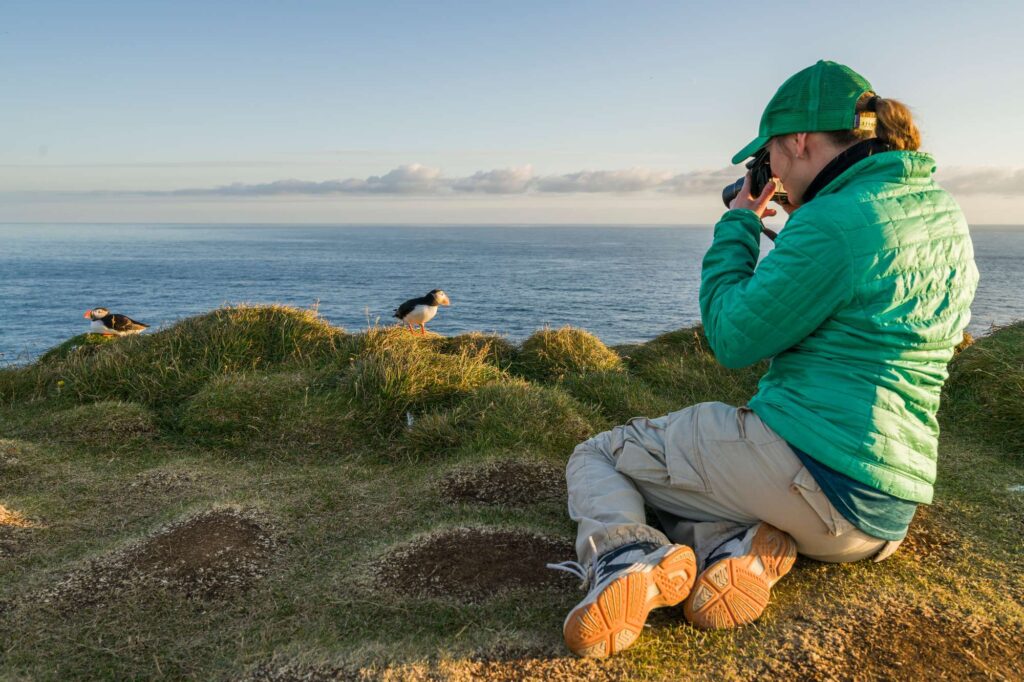

Getting afloat in Finland
There can be few holidays more relaxing than cruising the lakes and canals of central Finland in a stylish houseboat, plotting a leisurely course through the maze of waterways and stopping at sandy beaches, swimming spots and villages along the way. Hire bicycles and you can also explore the surrounding forests. July offers the warmest, sunniest weather, but our houseboat holidays are available from May to September. Even the standard ones come with a sauna and terrace, but opt for a deluxe houseboat and you get a full-blown sun deck.
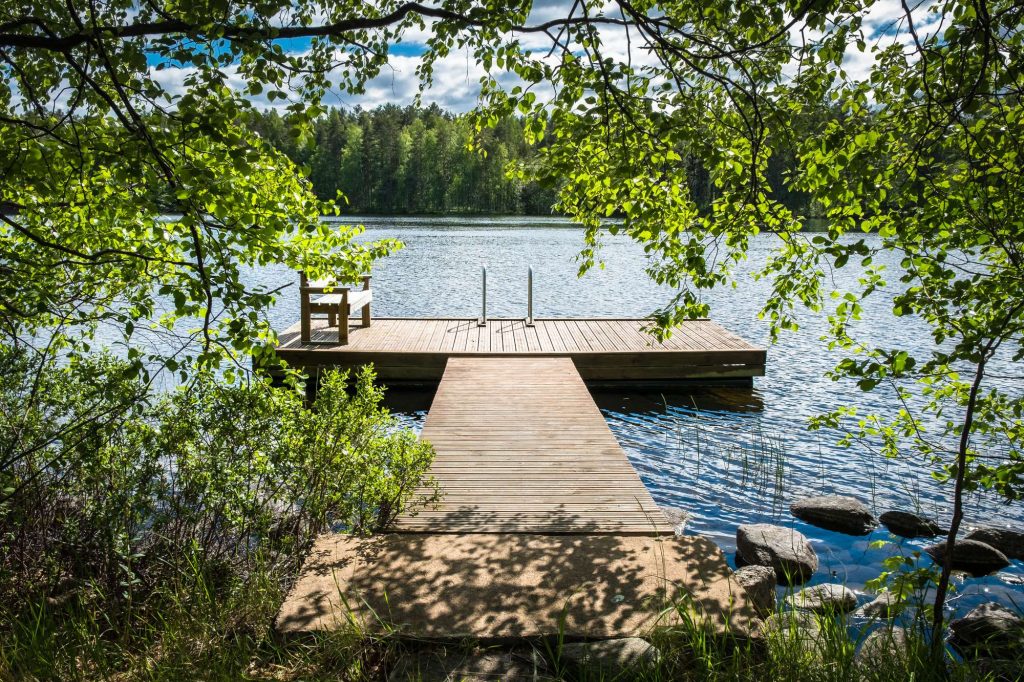

More access to the High Arctic
Towards the end of July, the Arctic pack ice has usually receded to its minimum extent, allowing small-ship voyages to potentially circumnavigate Spitsbergen and reach the west coast – renowned for its high density of polar bears. The endless days at this time of year allow for wildlife watching 24/7, as well as activities such as sea kayaking, Zodiac rides, hiking and birdwatching (seabird cliffs like Alkefjellet will be teeming with guillemots and little auks). July is also one of the best months for whale watching in Svalbard with minke, fin, humpback and blue whales all regular summer visitors. Elsewhere in the Arctic, the vast fjord system of Scoresby Sund in East Greenland and Canada’s legendary Northwest Passage are also prime destinations for a small-ship cruise.
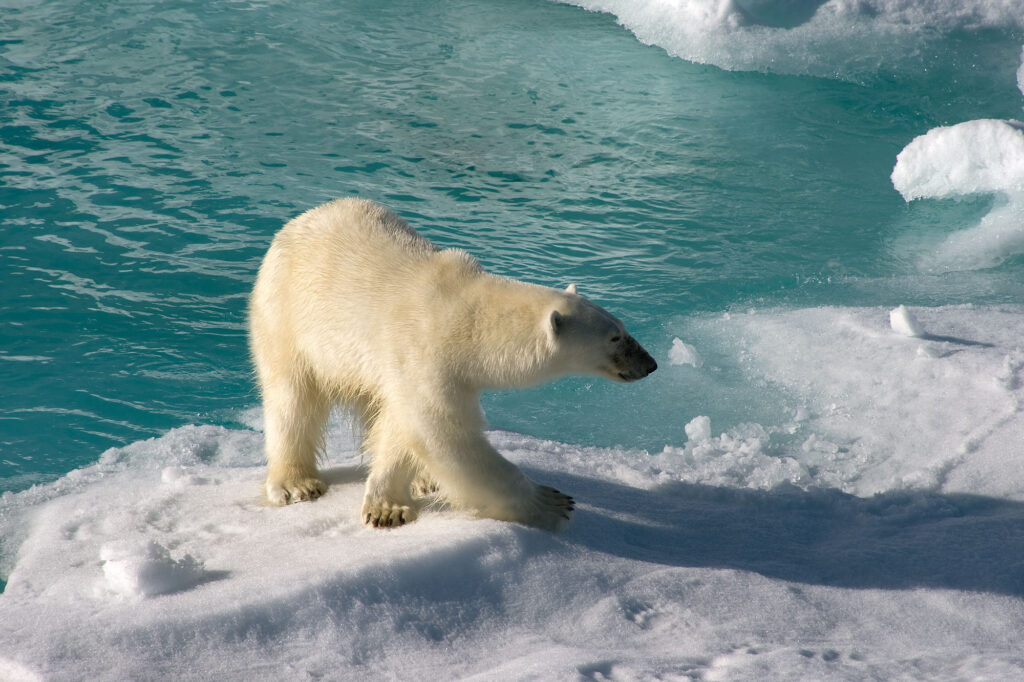

Salmon run brings in the bears
In Alaska, optimum bear viewing coincides with the salmon run when grizzlies concentrate around rivers. In prime spots, like Brooks Camp in Katmai National Park and Admiralty Island in Southeast Alaska, this occurs during July and September. Our Glaciers, Grizzlies and Whales independent holiday includes a floatplane flight to Admiralty Island for a full day of bear watching. Home to around 1,500 grizzlies (one of North America’s highest densities) the bear viewing potential here is excellent. Katmai National Park, meanwhile, features in our Ultimate Alaska Wildlife Safari. Staking out a raised boardwalk overlooking Brooks Falls, it’s not uncommon to see 40 or 50 bears catching salmon in the rapids – it’s one of the world’s most riveting wildlife spectacles.
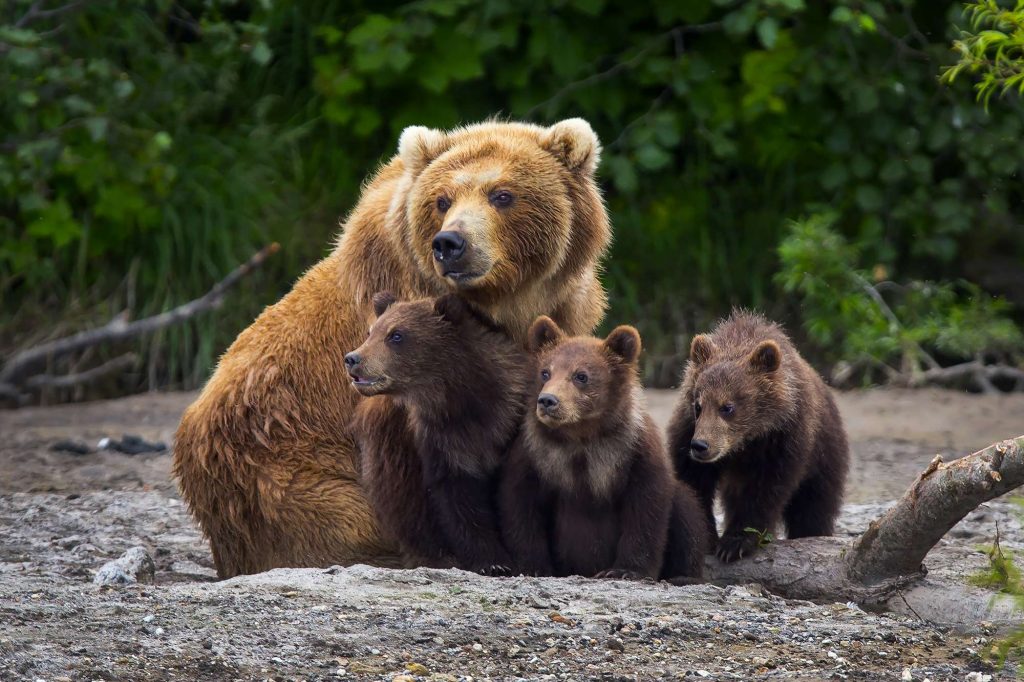

Peak season for whale watching
Right in the middle of the summer whale watching season (May to September), this is a busy month for all followers of flukes. Take a boat trip from the North Icelandic port of Husavik (Europe’s whale watching capital) and you stand an excellent chance of spotting humpback and minke whales, as well as white-beaked dolphins. The Vesteralen Islands in northern Norway is the place to head for sperm whales, while the seas around Svalbard are a summer feeding ground for numerous species. Greenland’s resident bowhead whale, narwhal and beluga are joined each summer by humpback, fin and minke whales. In Eastern Canada, the Bay of Fundy, Newfoundland and St Lawrence are all superb whale watching destinations, while over on the Pacific coast, Johnstone Strait (between Vancouver Island and the mainland) is a sweet spot for orcas and humpbacks during July. Summer witnesses the arrival of humpbacks, migrating from Hawaii to feed in Alaska’s coastal waters (July is one of the best months to observe their bubble-net feeding tactics). On the other side of the Pacific, humpbacks are migrating along Australia’s east coast – July to November is the best time to see them in Hervey Bay.
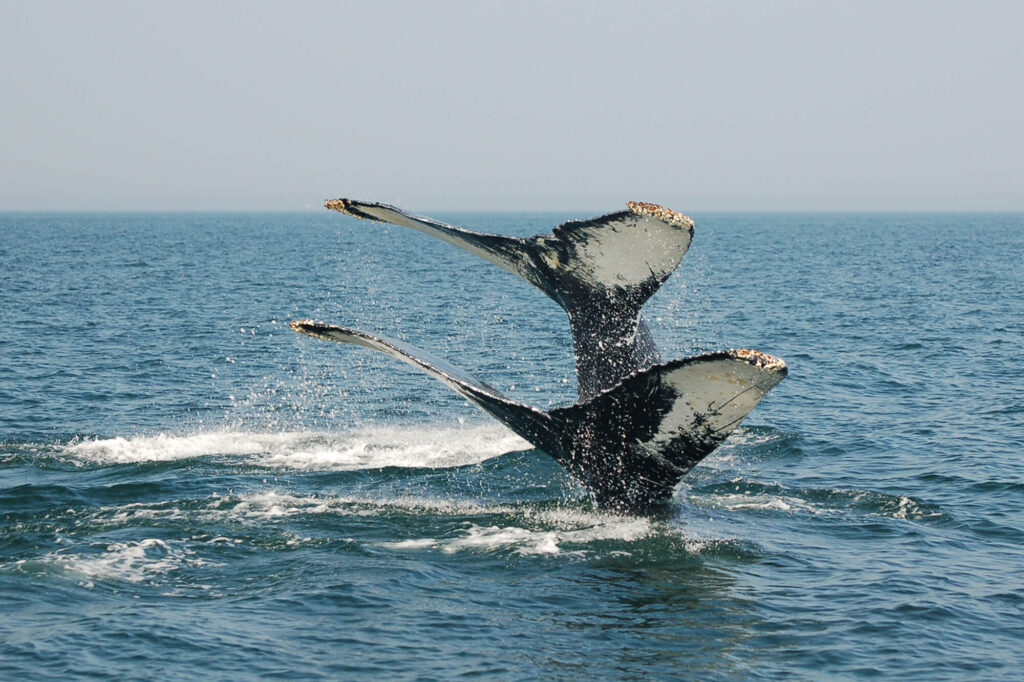
Join our newsletter to be the first to hear of new holidays and offers



 Instagram
Instagram
 Facebook
Facebook
 YouTube
YouTube